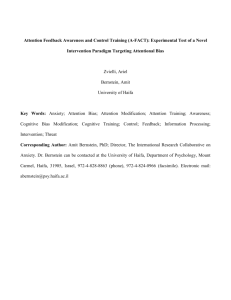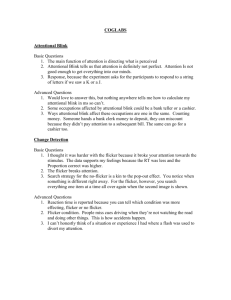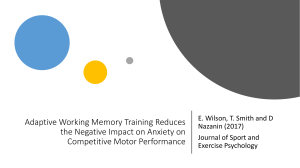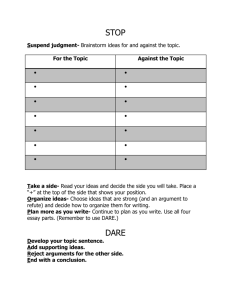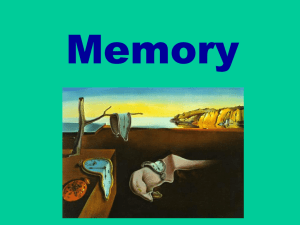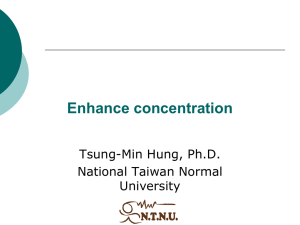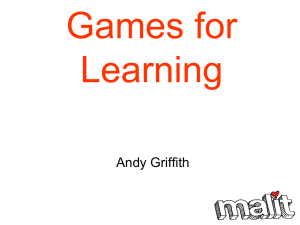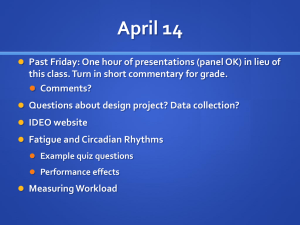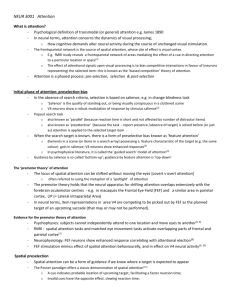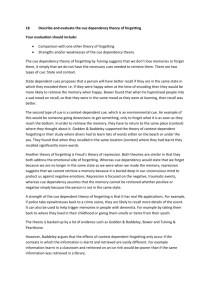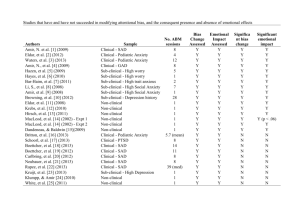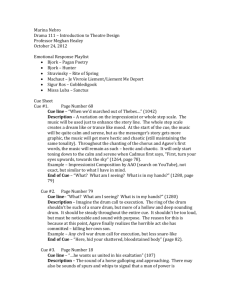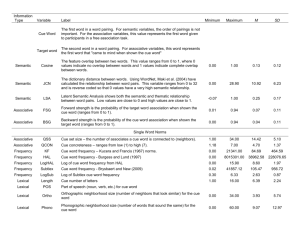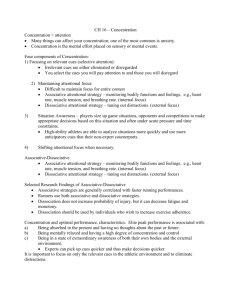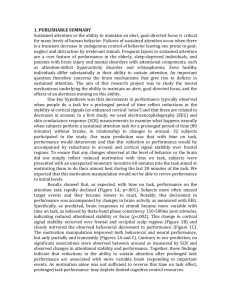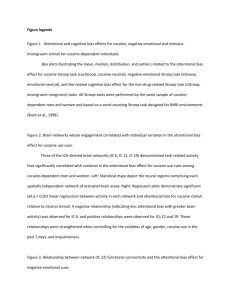The Effect of Information on Attentional Bias in Generalized Anxiety
advertisement
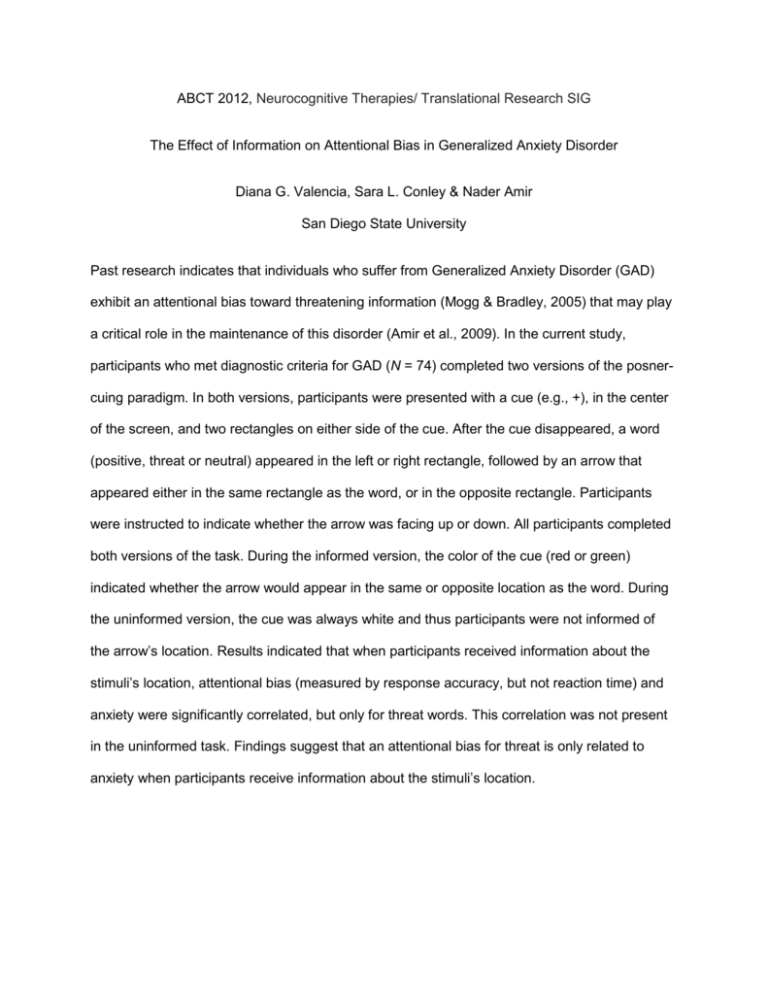
ABCT 2012, Neurocognitive Therapies/ Translational Research SIG The Effect of Information on Attentional Bias in Generalized Anxiety Disorder Diana G. Valencia, Sara L. Conley & Nader Amir San Diego State University Past research indicates that individuals who suffer from Generalized Anxiety Disorder (GAD) exhibit an attentional bias toward threatening information (Mogg & Bradley, 2005) that may play a critical role in the maintenance of this disorder (Amir et al., 2009). In the current study, participants who met diagnostic criteria for GAD (N = 74) completed two versions of the posnercuing paradigm. In both versions, participants were presented with a cue (e.g., +), in the center of the screen, and two rectangles on either side of the cue. After the cue disappeared, a word (positive, threat or neutral) appeared in the left or right rectangle, followed by an arrow that appeared either in the same rectangle as the word, or in the opposite rectangle. Participants were instructed to indicate whether the arrow was facing up or down. All participants completed both versions of the task. During the informed version, the color of the cue (red or green) indicated whether the arrow would appear in the same or opposite location as the word. During the uninformed version, the cue was always white and thus participants were not informed of the arrow’s location. Results indicated that when participants received information about the stimuli’s location, attentional bias (measured by response accuracy, but not reaction time) and anxiety were significantly correlated, but only for threat words. This correlation was not present in the uninformed task. Findings suggest that an attentional bias for threat is only related to anxiety when participants receive information about the stimuli’s location.

